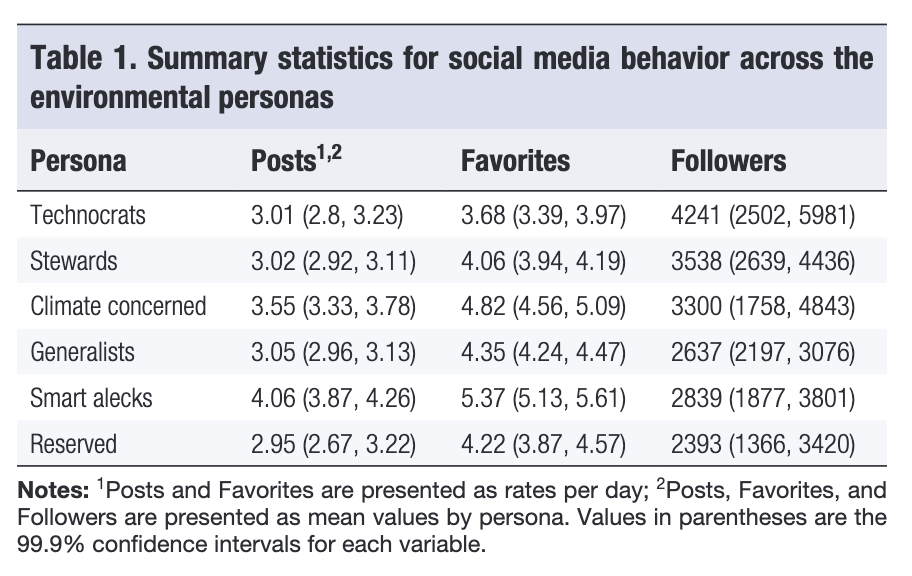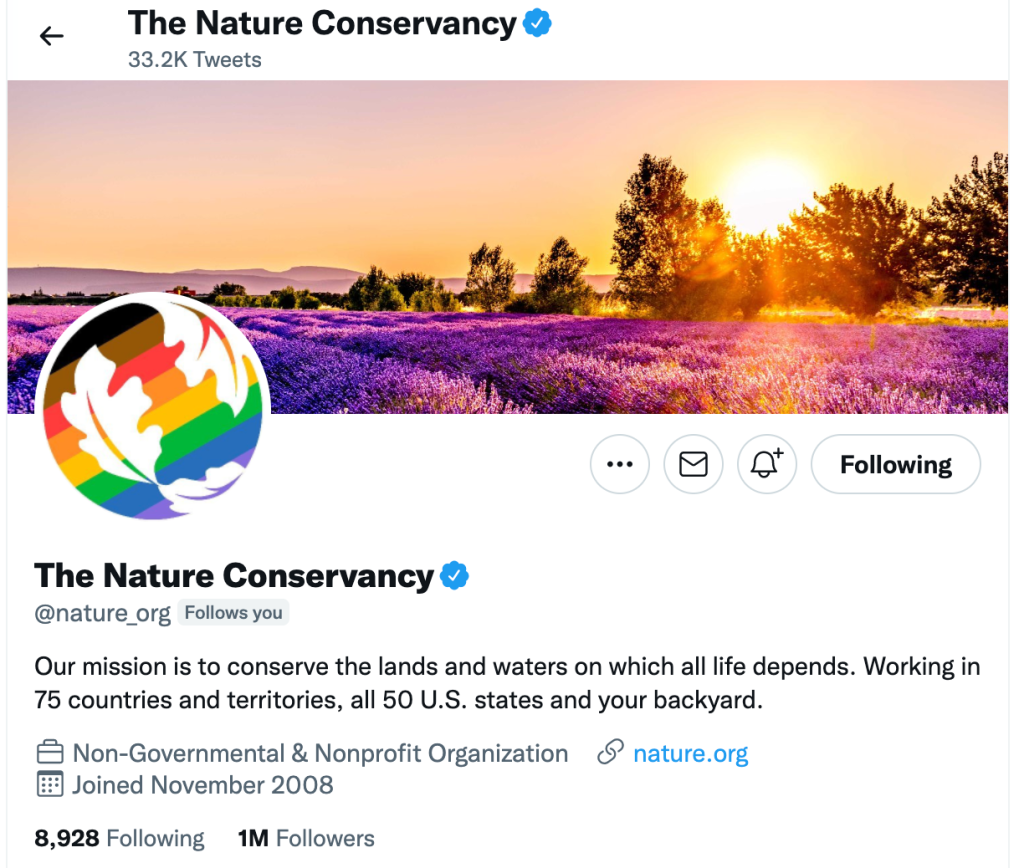A first-of-its-kind study using artificial intelligence and machine learning to identify and characterize the personas of “Environmental Twitter,” shows promise for accelerating public engagement and advocacy across a range of environmental issues, including climate change, pollution, habitat conservation and species protection.
The Gist
Published in Frontiers in Ecology and the Environment, the study, “Twitter Data Reveal Six Distinct Environmental Personas,” analyzes members of “Environmental Twitter,” which includes users who follow prominent environmental nongovernmental organizations on the Twitter social media platform.
“We started this research,” noted lead author Charlotte Chang, Assistant Professor in Biology and Environmental Analysis at Pomona College, “because we wanted to know if a systematic, rigorous analysis of ‘Environmental Twitter’ was possible, and if so, if it might help us understand whether there were different identifiable segments/personas within this kind of definable, environmentally minded online population. And we found out that yes, looking at followers of ENGOs, we can identify six very distinct personas across 21 different environmental issues.”
The six personas are:
- Technocrats, who exhibit the greatest degree of expression across most issues and tend to discuss more technical topics such as infrastructure or energy policy.
- Stewards, who have strongly positive expressions for traditional areas of conservation advocacy, including public lands, birding, hunting and habitat preservation.
- Climate Concerned, who have an especially strong tendency to discuss public mobilization for decarbonization and belief in anthropogenic climate change.
- Generalists, who tend to have positive expressions across all 21 environmental issues, including outdoor recreation, public lands and species conservation.
- Smart Alecks, who are particularly attuned to several key environmental and social issues, such as climate, palm oil and animal rights.
- Reserved, who discussed environmental issues the least.

The Big Picture
“To create, mobilize and sustain broad coalitions of supporters across social media, the speed, scale and focus of communications efforts really matter,” said Chang. “And to have speed, scale and message clarity, it helps to know what issues people are talking about and how they’re talking about them. What words do they use? What are the communications patterns that mark different communities within Environmental Twitter? Our work is a big first step toward developing a systematic, quantitative way for creating durable—and effective— environmental coalitions among the digitally engaged.”
For this study, researchers analyzed an initial sample totaling 1.3 billion tweets from 1 million English-speaking individual users. With the assistance of artificial intelligence and machine learning to help eliminate bots, for example, the sample was culled to approximately 500,000 users from 14 countries who met data inclusion criteria.
One of the interesting findings, notes Chang is that “the personas were bipartisan, even in the United States, and did not divide around political parties or polarizing issues such as belief in anthropogenic climate change.”
As noted in the study, researchers also demonstrate the feasibility of filtering out cyborg and bot content from Environmental Twitter data using a bot detection algorithm, as well as the usefulness of categorizing environmental discourse on Twitter using machine learning to automate identifying themes in a large body of environment-related text. In addition, researchers demonstrated how automated tools to can be used to efficiently analyze covariates, such as geography, political ideology, and social media behavior.
The Takeaway
As social media becomes an ever-more important forum for discourse, opinion formation, and public mobilization, understanding how to reach diverse digital audiences is a critical task facing environmental advocates.
“Unfortunately,” notes Chang, “there is very little – if any – quantitative research on the impact of social media communications on environmental awareness. And since awareness is a key precursor to action, closing that knowledge gap is important for the future of environmental advocacy and change.”
This study helps further identify areas ripe for targeted engagement and online advocacy/mobilization, and offers valuable methodological advances that can be useful for future study.
“To me,” said co-author Yuta Masuda, Senior Sustainable Development and Behavioral Scientist with The Nature Conservancy, “one of the key takeaways is that Twitter is an active, sometimes controversial platform associated with social movements, but the conservation sector has yet to really understand and harness this audience for rallying around conservation concerns. A first step is to segment and understand this population, which is what we do here.”
Next steps for improving and expanding this research would be for such social media segmentation studies to encompass languages beyond only English. Future research should also analyze a broader social media audience, including those that are either unconnected or indirectly connected to eNGOs, and to understand the social network connections between Environmental Twitter users.




Join the Discussion